
Peatlands are found in nearly every country and sequester more carbon than any other terrestrial ecosystem – yet they are rapidly disappearing
Bonn, Germany (6 June 2024) – Today, over 1,000 leading experts, practitioners, community members, scientists, policymakers and enthusiasts convened at the GLF Peatlands 2024: The Climate Solution We Forgot a hybrid event held in Bonn, Germany, and online to mobilize action to protect and restore peatlands globally.
Despite covering only up to 4% of the world’s land surface, peatlands store up to 600 million tons of carbon in their soil – twice as much as the Earth’s forests.
Beyond their carbon storage capacity, peatlands offer various ecosystem services, such as flood and wildfire prevention and water filtration. They also provide a haven for biodiversity, and cultural and economic benefits, particularly for Indigenous communities.
Still, they’re being lost three times faster than forests.
“Indigenous traditional land management practices and techniques should be recognized and acknowledged legally. We should promote and implement mutual and equal partnerships and collaborations, at both national and international levels, where Indigenous communities are not just merely considered beneficiaries but the main actors. This can lead us to a more comprehensive understanding and innovative solutions for peatland conservation on a global scale.” – Emmanuela Shinta, Director of Ranu Welum Foundation and Coordinator of the GLFx Kalimantan chapter
“There are some important lessons that we have learned nationally and globally. First, protection is better and usually easier than restoration. We need to act fast to protect the remaining peatlands both in Europe and worldwide. To reflect the true value of peatlands, they also need to play a stronger role in nationally determined contributions. Second, conservation and restoration will not work unless we include local communities and Indigenous Peoples. Third, public funds are an indispensable part of the solution. But we also need to find ways to engage the private sector in the sustainable use of peatlands.” – Jochen Flasbarth, State Secretary at the Federal Ministry for Economic Cooperation and Development (BMZ)
“As global citizens, we are responsible for ensuring future generations do not suffer the consequences of our actions, but rather reap the benefits. So, let’s harness our collective wisdom for our benefit and for future generations. Let’s do what we can to rebuild a world in which peatlands are not forgotten, but recognized and valued for everything they offer.” – Éliane Ubalijoro, Chief Executive Officer of CIFOR-ICRAF and Director General of World Agroforestry
“The first thing we need is partnership. We need to make sure that the issue of peatlands gets attention, gets acknowledged, and gets appreciated at the international level because of the importance that they play in the ecosystems, just like the forests – they actually store even more carbon.” – Alfred Okot Okidi, Permanent Secretary in the Ministry of Water and Environment at Government of Uganda
“The role of science is to provide an evidence base for policymaking so that the real benefits in terms of climate mitigation and livelihoods can be measured, planned and implemented well. The big gap is financing. Innovative financing would be a huge benefit to enable restoration and management for the benefit of climate and for the benefit of local communities.” – Sonya Dewi, Director of Asia, CIFOR-ICRAF
“We need to improve the availability of scientific knowledge, especially concerning soil carbon in peatlands because much of it is not yet being recognized through financial mechanisms; they are still insufficient and unfair. However, it can be improved through the information generated by many research institutions such as CIFOR-ICRAF and others.” – Berioska Quispe, General Director of Climate Change and Desertification at Ministry of Environment of Peru
“Fossil fuel burning is the elephant in the room. The draining and burning of peatlands should be avoided in an inclusive fashion, and efforts should be made to factor in how finance schemes should be involved, because current financial mechanisms being implemented are neither sufficient nor fair.” – Daniel Murdiyarso Principal Scientist at CIFOR-ICRAF
Did you know that:
- Peatlands make up just 3–4% of the Earth’s land area
- Peatlands store twice as much soil carbon as all global forests combined
- Peatlands are the most space-efficient terrestrial carbon sink, but when drained or degraded, they release vast amounts of carbon emissions into the atmosphere
- Peatlands serve a distinct and diverse array of ecosystems and species
- Peatlands are under threat from various human activities, such as agriculture, forestry and peat extraction
- Peatlands are a terrestrial wetland ecosystem characterized by a layer of dead plant material (peat) at its surface.
- One meter peat takes 1,000 years to form; some are over 10 meters deep!
- Most of the world’s peatlands are located in Europe, North America and Russia.
- The world’s largest known expanse of peatland is the Cuvette Centrale, located in the Congo Basin
- Southeast Asia has the largest area of tropical peatland; 23% of it is located in Indonesia
###
NOTES TO EDITORS
- Find photos of peatlands and the GLF Peatlands 2024 conference here
- Find GLF Peatlands 2024 branded images of peatlands and speakers in this Trello board
- Find more facts about peatlands in ThinkLandscape
- For more information, photos and quotes; access the conference recordings; arrange interviews or connect with local stories about peatlands in Colombia, Gambia and Indonesia, please contact Kelly Quintero (k.quintero@cifor-icraf.org)
About the GLF
The Global Landscapes Forum (GLF) is the world’s largest knowledge-led platform on integrated land use, connecting people with a shared vision to create productive, profitable, equitable & resilient landscapes. It is led by the Center for International Forestry Research-World Agroforestry Centre (CIFOR-ICRAF), in collaboration with its co-founders UNEP and the World Bank, and its charter members. Learn more at www.globallandscapesforum.org.



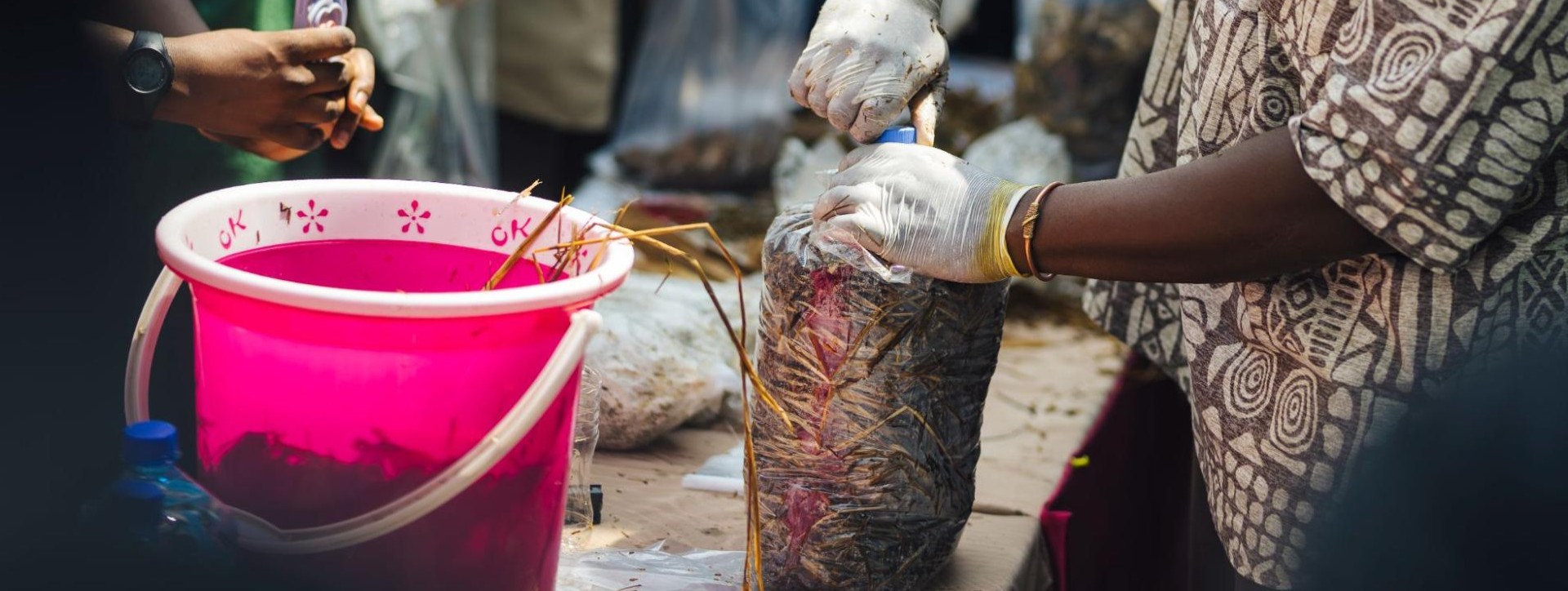
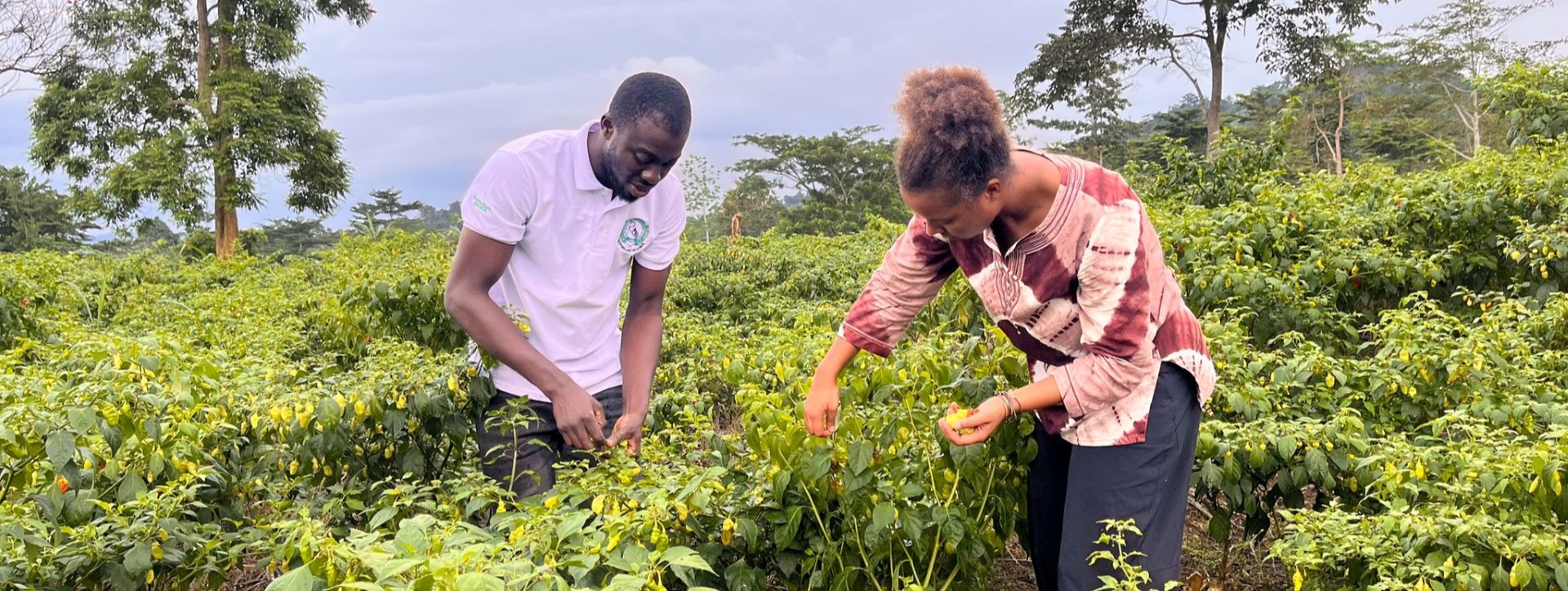
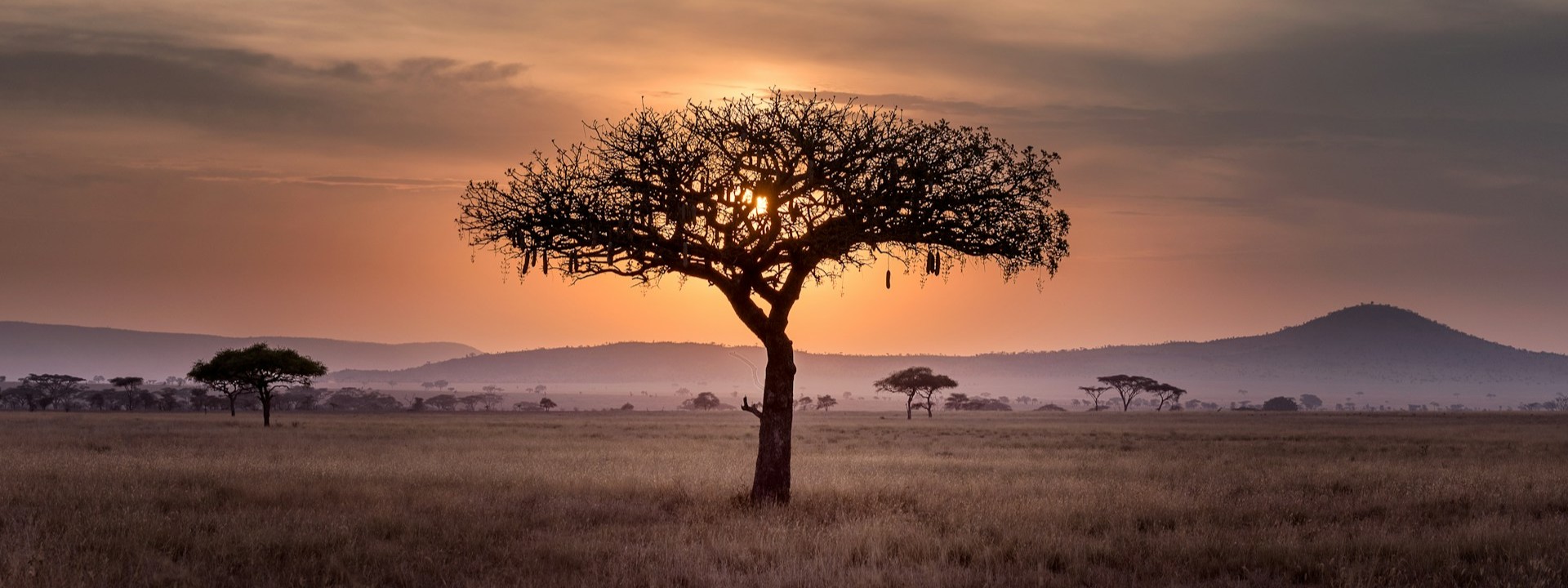
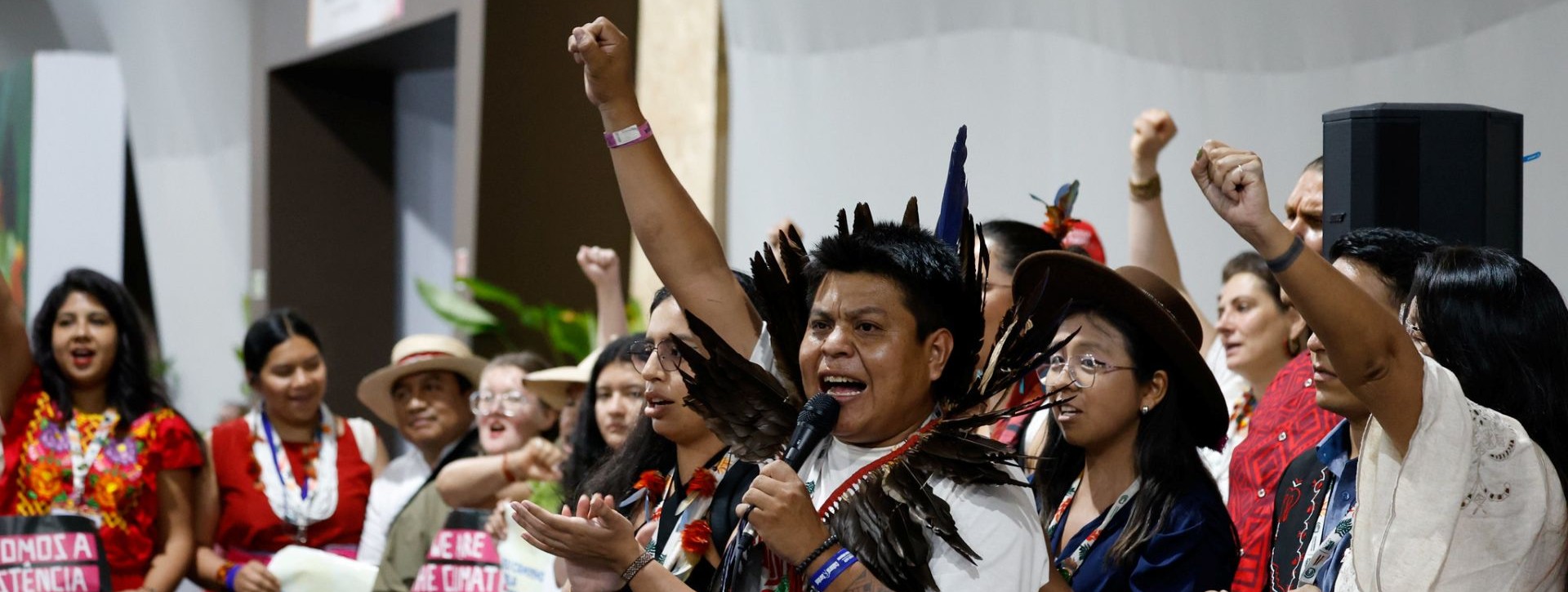
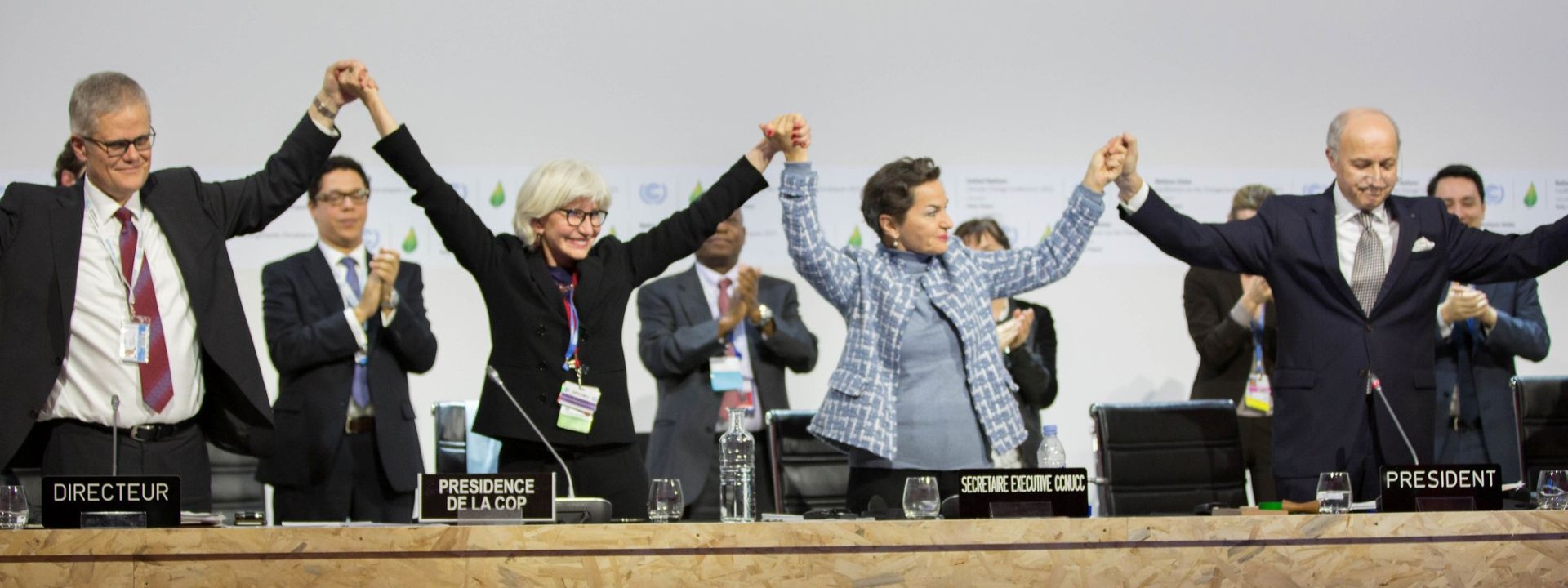
Share your thoughts with us